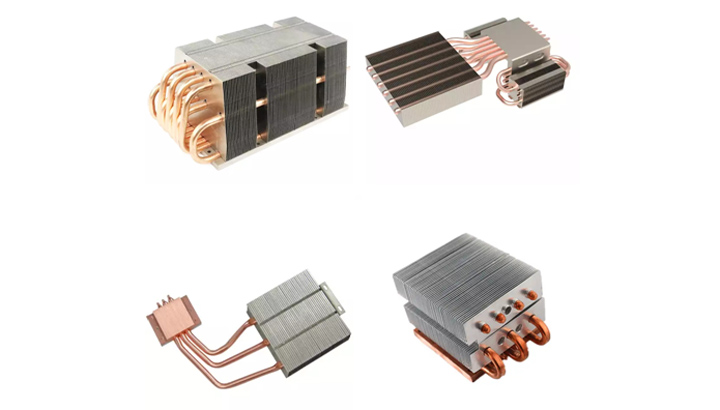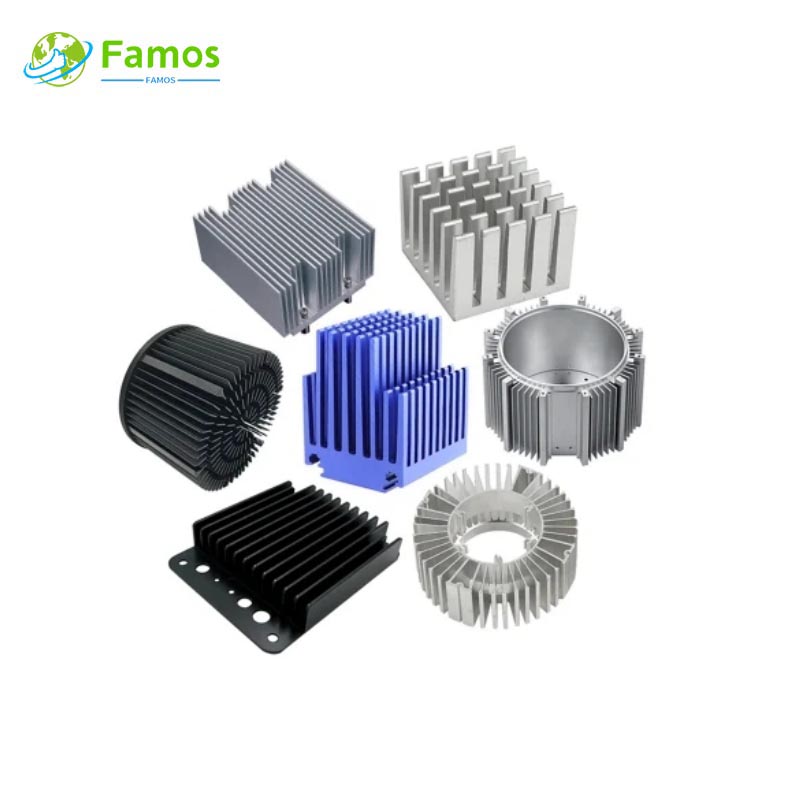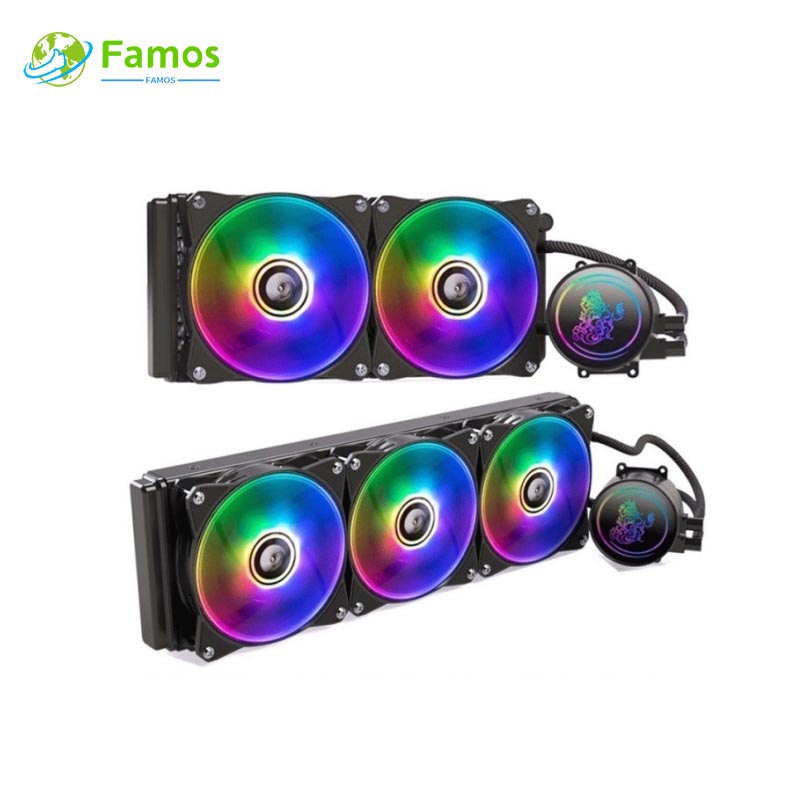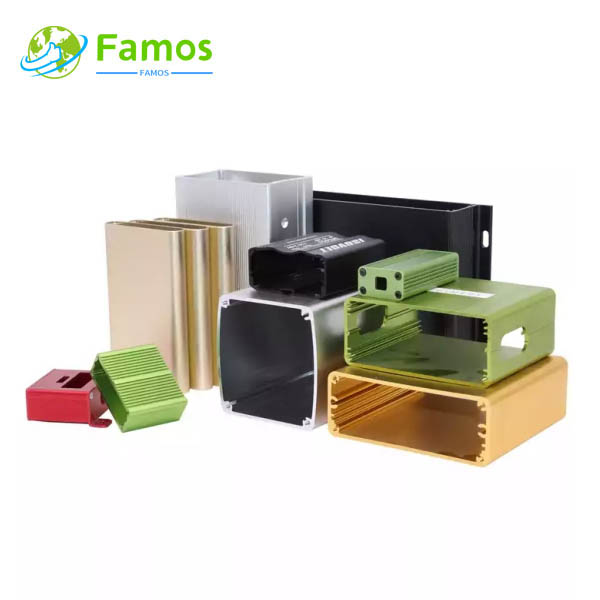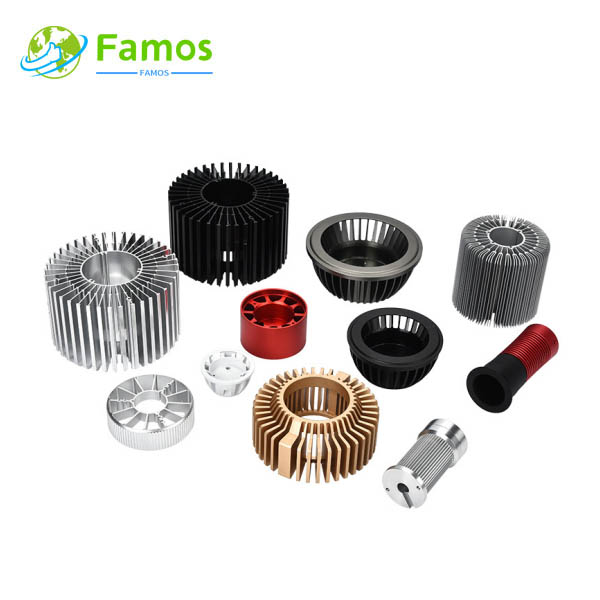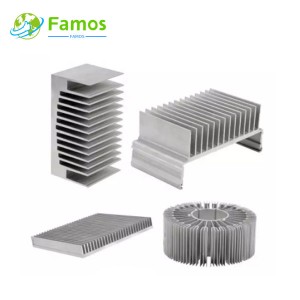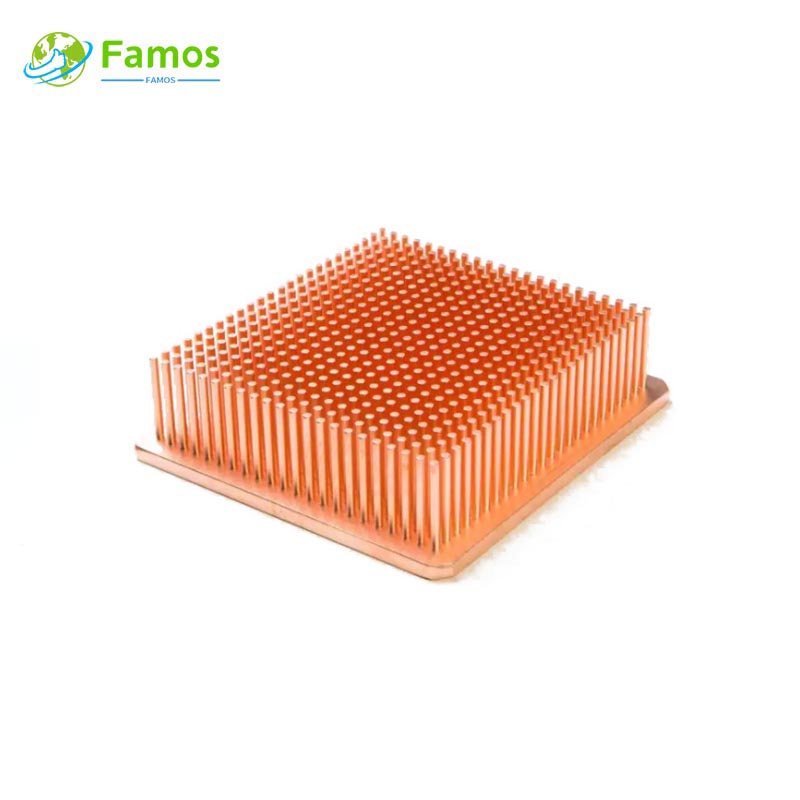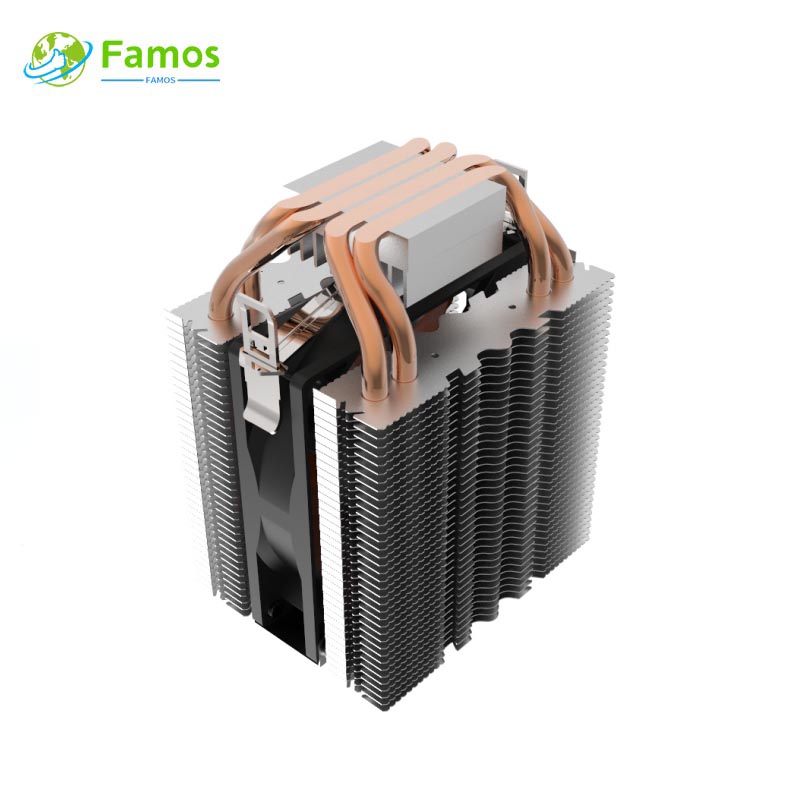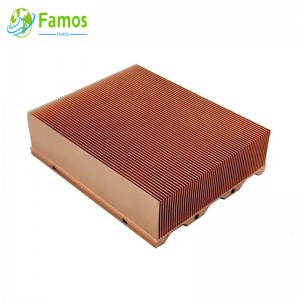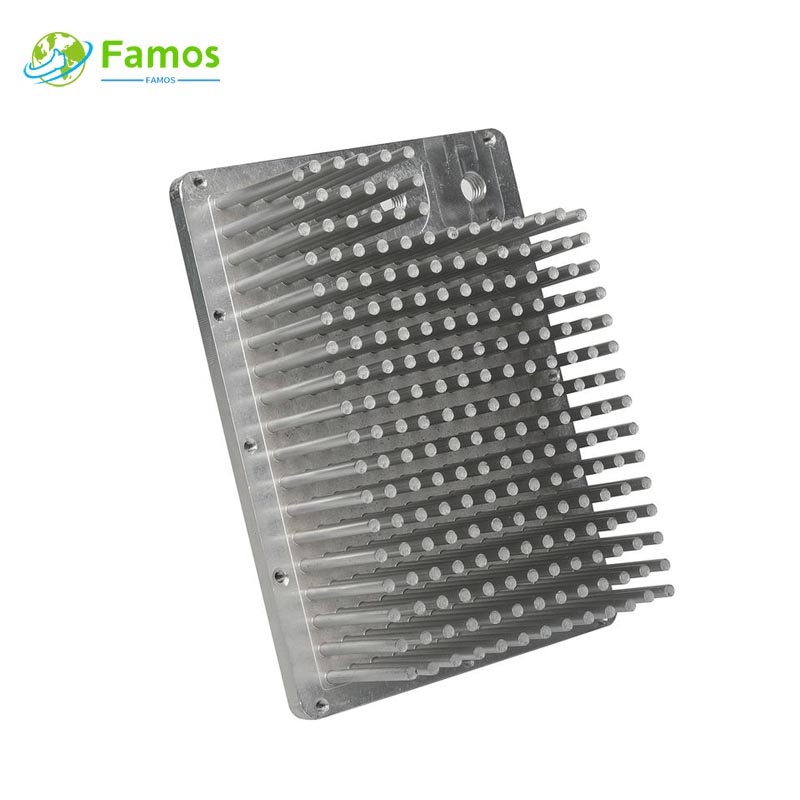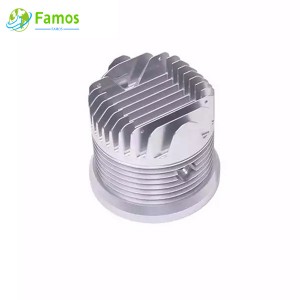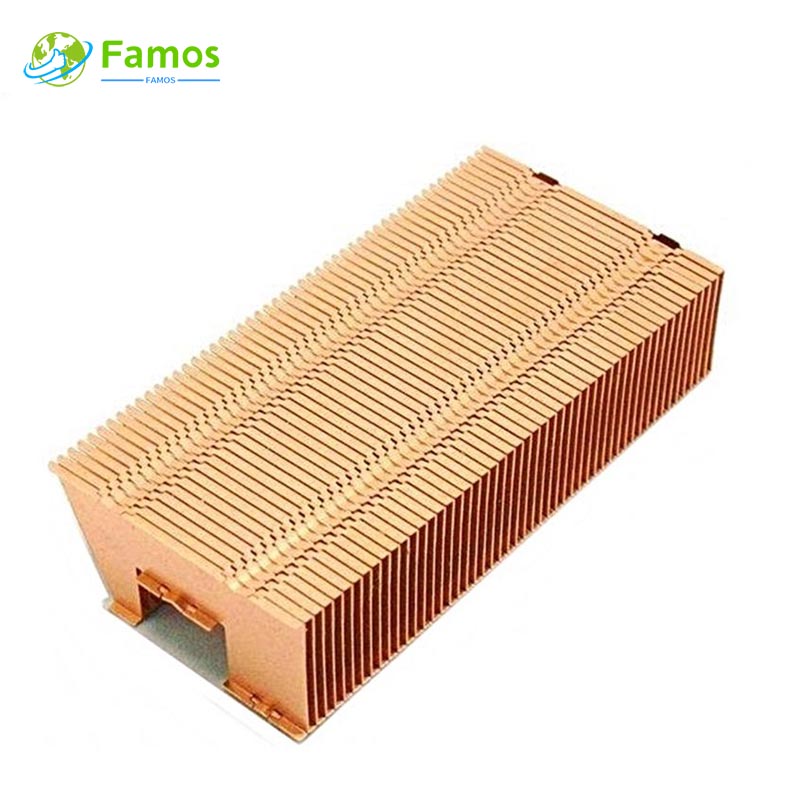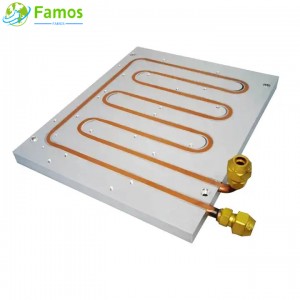In today's rapidly advancing technology, electronic devices are becoming more powerful and compact. As a result, heat management has become a critical component in ensuring the reliability and performance of these devices. Heat sinks with embedded heat pipes have emerged as a popular solution to address the escalating thermal challenges faced by electronic systems. This article will explore the features and advantages of heat sinks with embedded heat pipes and the reasons why they are preferred over traditional heat sinks.
Understanding Heat Sinks with Embedded Heat Pipes:
Heat sinks are cooling devices designed to dissipate heat generated by electronic devices, such as CPUs, GPUs, and power amplifiers. Traditionally, heat sinks rely on conduction and convection to transfer heat from the electronic components to the surrounding air. However, with the advancement in heat sink technology, heat pipes have been integrated into heat sinks to enhance their thermal performance.
Heat pipes are sealed copper tubes that contain a small amount of working fluid, typically water or a mixture of water and alcohol. When heat is applied to one end of the heat pipe, the working fluid vaporizes and travels to the other end where it condenses and releases heat. This phase change mechanism enables heat pipes to transfer heat much more efficiently than solid conductors.
Advantages of Heat Sinks with Embedded Heat Pipes:
1. Increased heat transfer efficiency: The use of heat pipes in heat sinks significantly improves their heat transfer efficiency. The high thermal conductivity of heat pipes allows for a faster and more effective removal of heat from the electronic components. As a result, heat sinks with embedded heat pipes can handle higher heat loads without compromising the temperature of the device.
2. Enhanced reliability: The efficient heat dissipation provided by heat sinks with embedded heat pipes leads to lower operating temperatures for electronic devices. This reduction in temperature helps to extend the lifespan of the components, ultimately enhancing the overall reliability of the system. By preventing overheating, heat sinks with heat pipes also reduce the risk of thermal-induced failures and malfunctions.
3. Compact design: Embedded heat pipes enable heat sinks to have a more compact design compared to traditional heat sinks. The high heat transfer capacity of heat pipes allows for the creation of smaller, yet highly efficient heat sinks. This is particularly advantageous in applications where space is limited, such as in laptops, mobile phones, and small form factor electronics.
4. Improved thermal uniformity: Heat sinks with embedded heat pipes distribute heat more evenly across their surfaces. This helps to minimize the occurrence of hotspots and temperature gradients, ensuring that heat is dissipated uniformly. As a result, the electronic components are subjected to a more stable thermal environment, reducing the risk of localized overheating and thermal stress.
5. Lower system noise: By efficiently dissipating heat, heat sinks with embedded heat pipes can reduce the need for noisy cooling fans or other active cooling systems. This is particularly beneficial in noise-sensitive environments and applications that require minimal acoustic interference, such as audio recording studios or medical devices. The elimination or reduction of fan usage also contributes to energy savings and a more eco-friendly solution.
Conclusion:
Heat sinks with embedded heat pipes have revolutionized the way we manage thermal issues in electronic devices. Their ability to efficiently transfer heat and maintain lower operating temperatures make them ideal for numerous applications, from high-performance computing to portable electronics. The increased heat transfer efficiency, enhanced reliability, compact design, improved thermal uniformity, and reduced system noise are just a few of the reasons why heat sinks with embedded heat pipes are increasingly preferred over traditional heat sinks. As technology continues to advance, it is likely that heat sinks with embedded heat pipes will become even more prevalent in the design of future electronic devices.
If You Are in Business, You May Like
Types of Heat Sink
In order to meet different heat dissipation requirements, our factory can produce different type heat sinks with many different process, such as below:
Post time: Jun-30-2023

